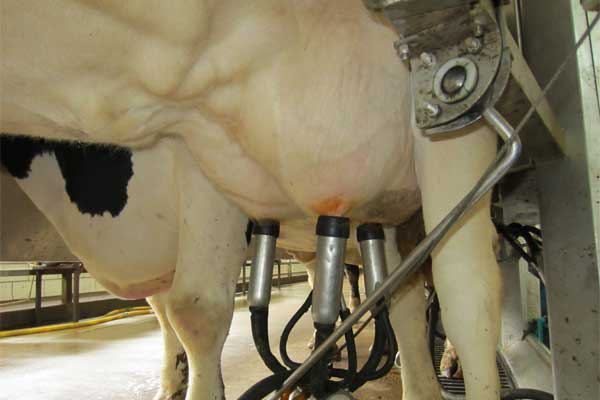Milk output hike to lower prices

Growing global milk production is expected to ease milk prices in the second quarter of the year, but margins will remain attractive for US producers through 2014. US production has lagged the global trend, with many factors precluding stronger growth. Global milk production in response to high milk prices, falling feed costs and improved margins for dairymen will increase the supply of dairy products in the world market in the months ahead, Rabobank reported.
That will lower global milk prices mid to late second quarter of 2014, but US producers can still expect positive margins to continue through 2014, it said. The rate of price reduction, however, will be limited by structural constraints on suppliers, the need to replenish depleted buyer inventories and ongoing demand growth in line with a slow economic recovery, according to the bank.
“But the most critical demand-side question is whether China will sustain the frenetic buying we have seen on the international market throughout the last 12 months,” Rabobank’s food and agribusiness research and advisory team stated in its quarterly dairy report.
Rabobank expects Chinese dairy imports to grow less strongly than they have in January and February due to a recent slowdown in the country’s economy and generally weaker currency. But the bank still expects China’s imports to grow 15% year-over-year over the balance of 2014.
Major exporting countries increased year-over-year milk production a combined 3.7% November through January and 4.4% in January alone. US milk production, however, has lagged, rising only 0.3% November through January and 1% in January.
Despite a staggering 120% increase in margins of income over feed costs in the US, Rabobank expects only modest year-over-year growth of 1.7% in the first half of 2014 and 3% in the second half of the year.
“We continue to believe that even stronger growth is precluded by farmers’ desire to rebuild equity, the use of funds to buy land for feed rather than buying more cows and sheds, and constraints on credit availability in some regions,” Rabobank’s team stated.
In addition, slow economic growth and reduction in federal food assistance payments will be compounded by further increases in retail pricing, the team reports.
Those factors will allow US processors to substantially increase exports in the first half of 2014, but the US will be less well placed to boost exports in the second half. Increased milk production in the second half of 2014 will be more or less offset by the lack of stocks available to draw down compared with the second half of 2013.











